
In solar thermochemical energy storage systems, energy is stored in chemical bonds and released on demand for electricity generation. To date, two laboratory scale ammonia synthesis reactors with different lengths have been built to explore the viability of ammonia as a solar energy storage medium through the use of high temperature reactive heat-exchangers. Currently, a 5 kW closed loop pilot system capable of producing super-critical steam for the purpose of power generation is being developed.
Funding: DOE SunShot
Collaborators: Keith Lovegrove (IT Power)
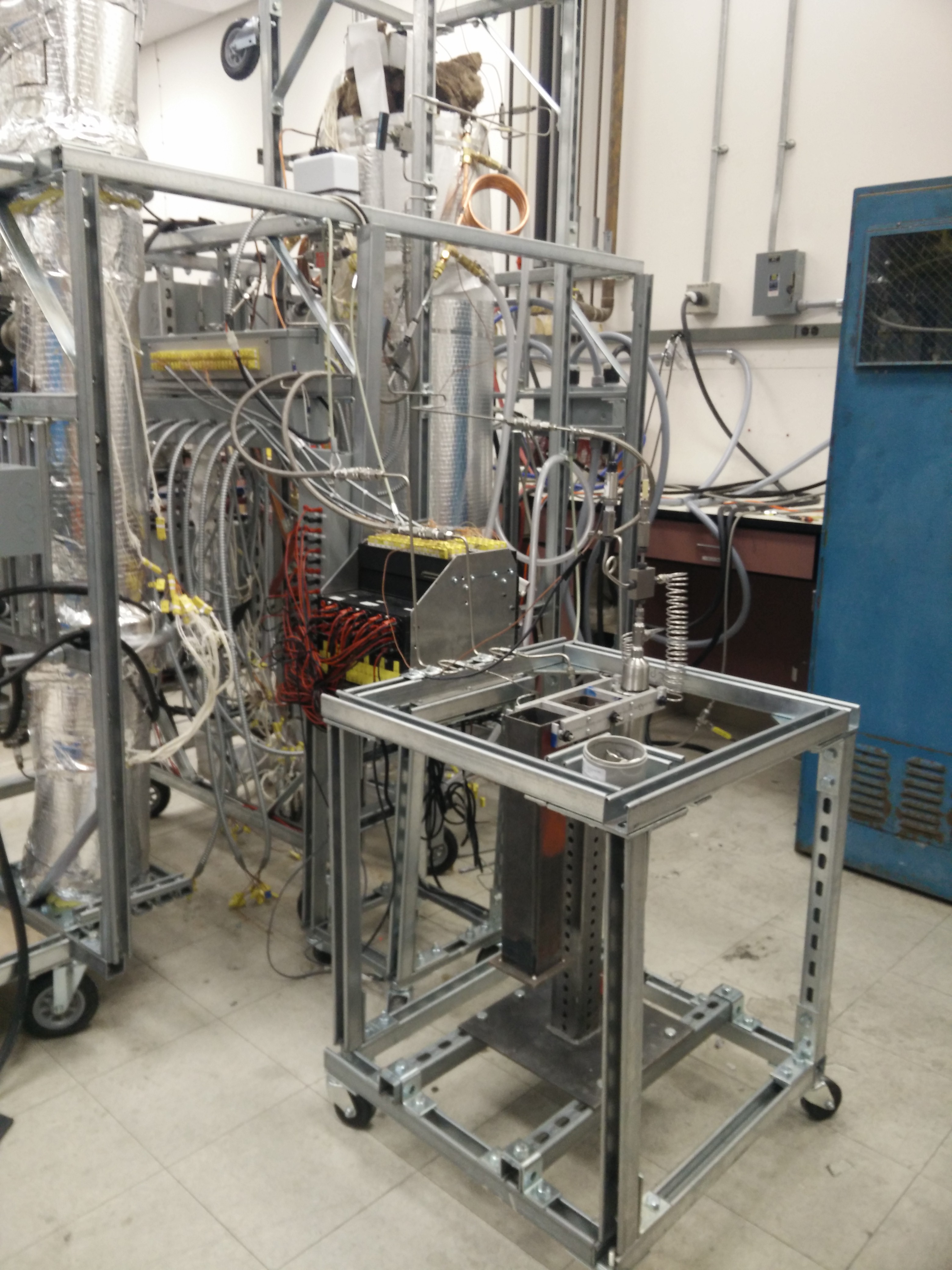
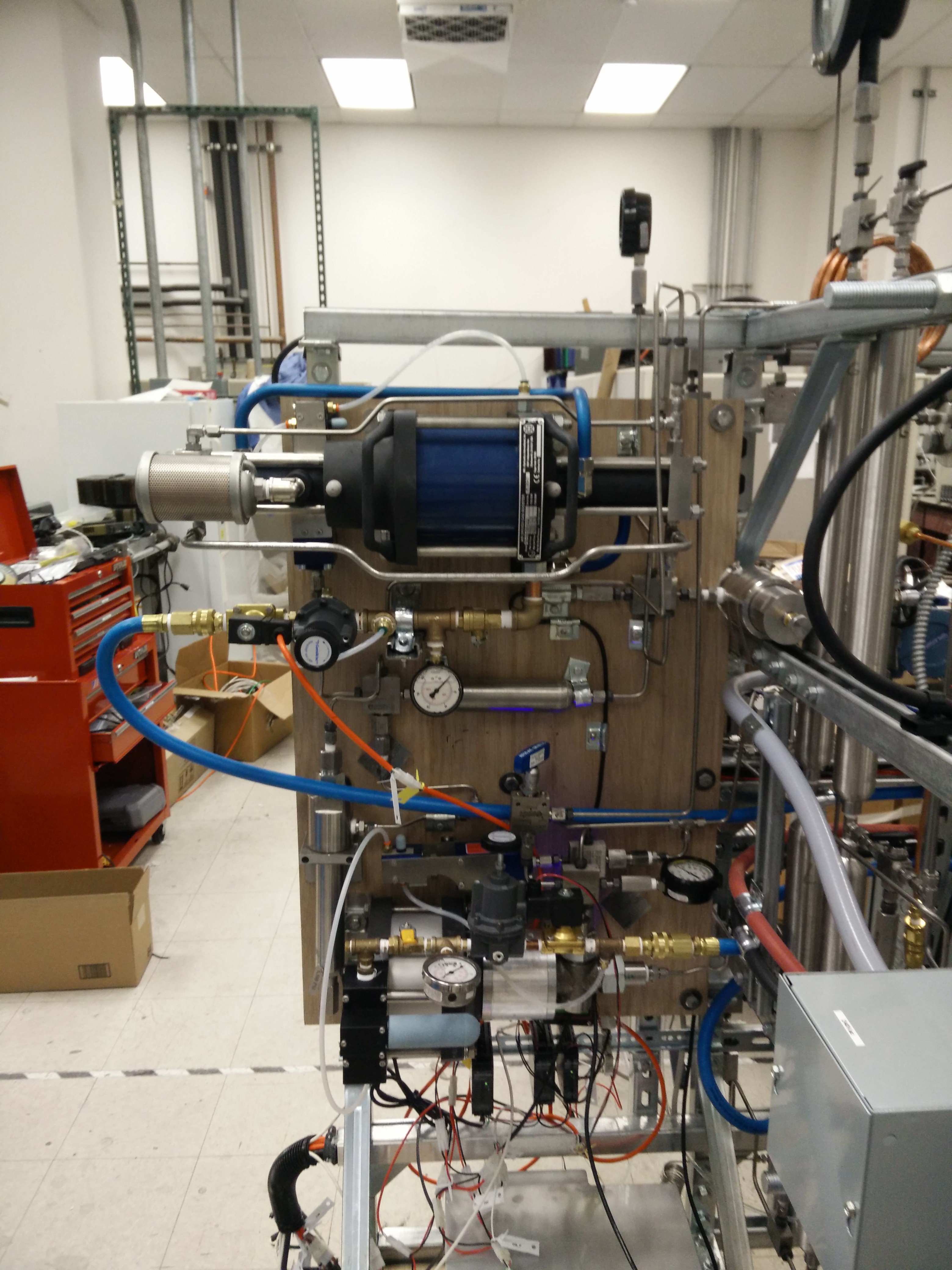
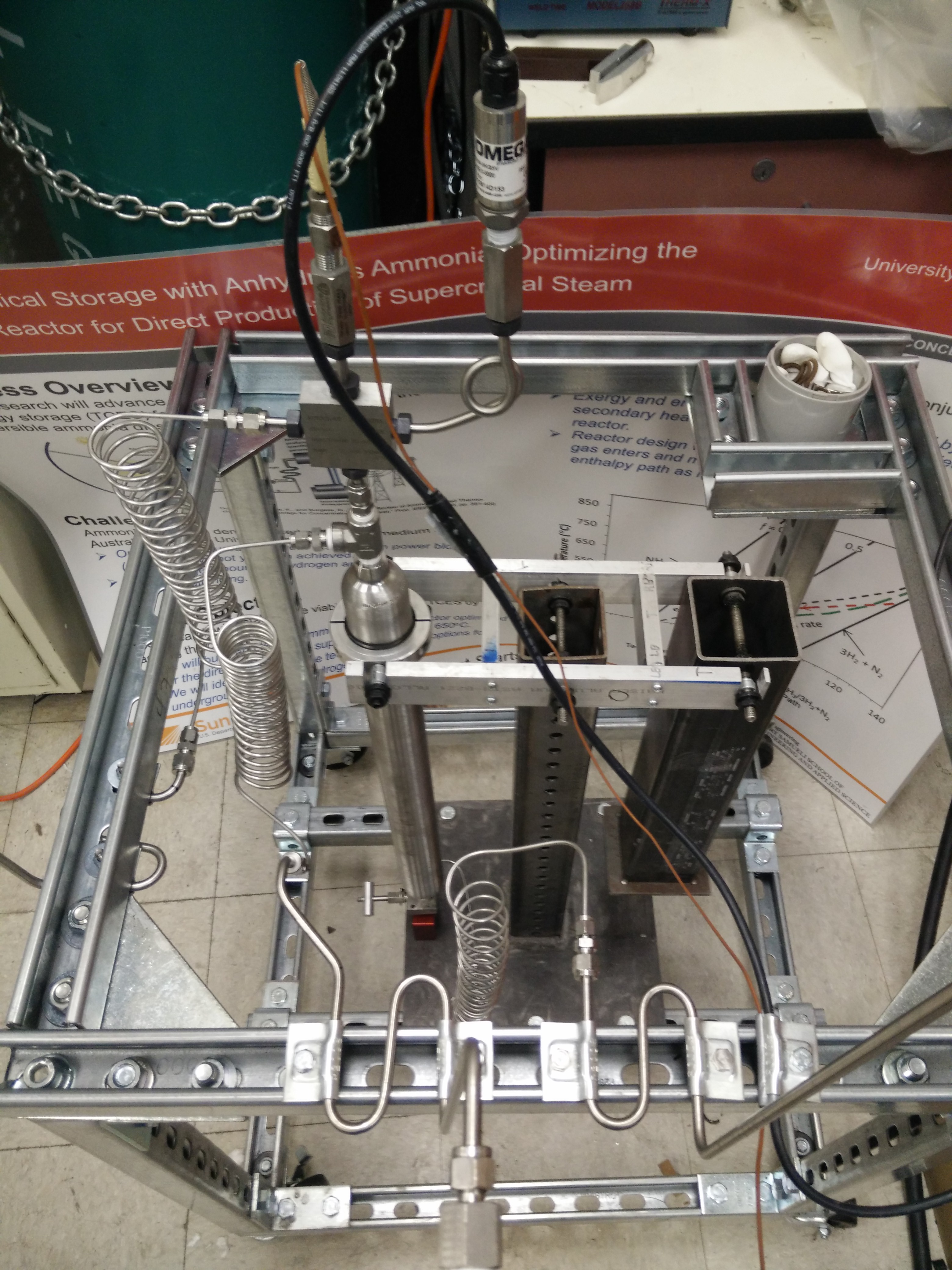
A system and cost model is designed to determine the performance and cost of a supercritical thermal energy storage (TES) system, and to investigate the feasibility of design alternatives and operational approaches.
The overarching challenge is engineering a cost-effective TES system that can exploit the advantages of supercritical fluids for thermal storage. The system model is designed to simulate the overall thermal energy system using sub-models for the thermal source, thermal storage, and thermal sink (for example, the thermal source can be solar thermal collectors while the thermal sink can be an electric generation system). In a parallel effort, a detailed thermodynamic model of a TES system is being developed to evaluate the transient charging/discharging behavior of the storage fluid as it varies from a liquid, two-phase mixture, and supercritical state. Exergy analysis of the TES system illustrates opportunities for performance enhancement as well. This simulation tool optimizes the multi-variable equations of system specifications to meet the required cost and performance of the system. The most critical result of the system and cost model is to determine overall engineering design approaches that will result in a cost effective supercritical thermal storage system in comparison to state of the art systems and U.S. Department of Energy (DOE) targets.
Funding: ARPA-e
Collaborators: Richard Wirz and Pirouz Kavehpour (UCLA), Gani Ganapathi (JPL)
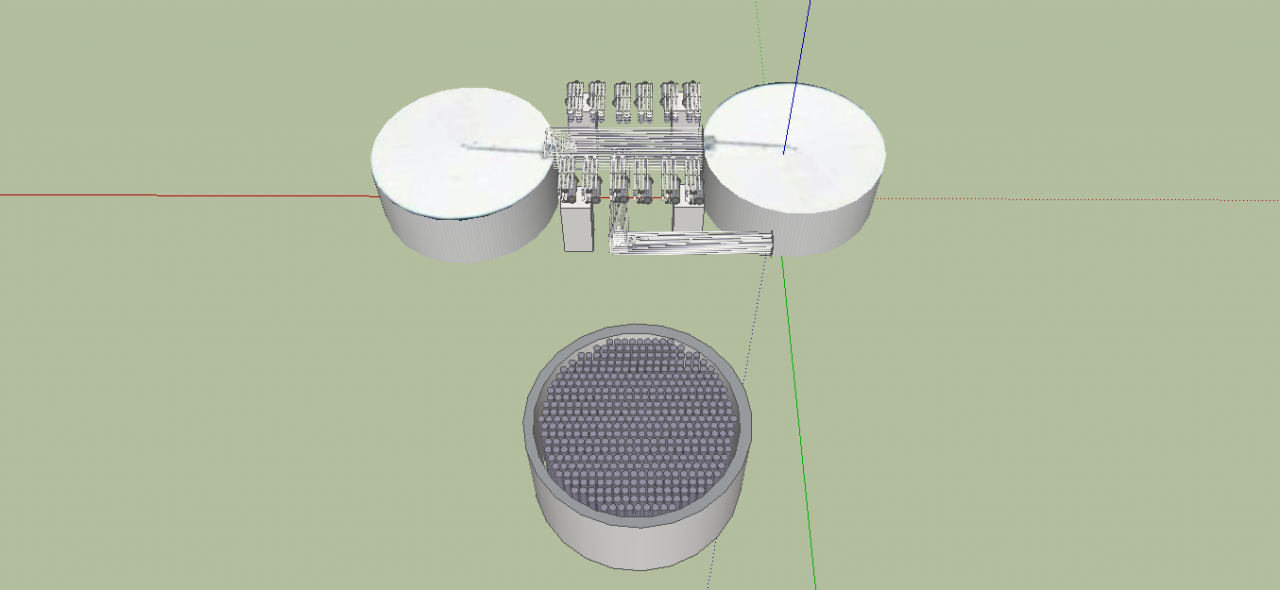
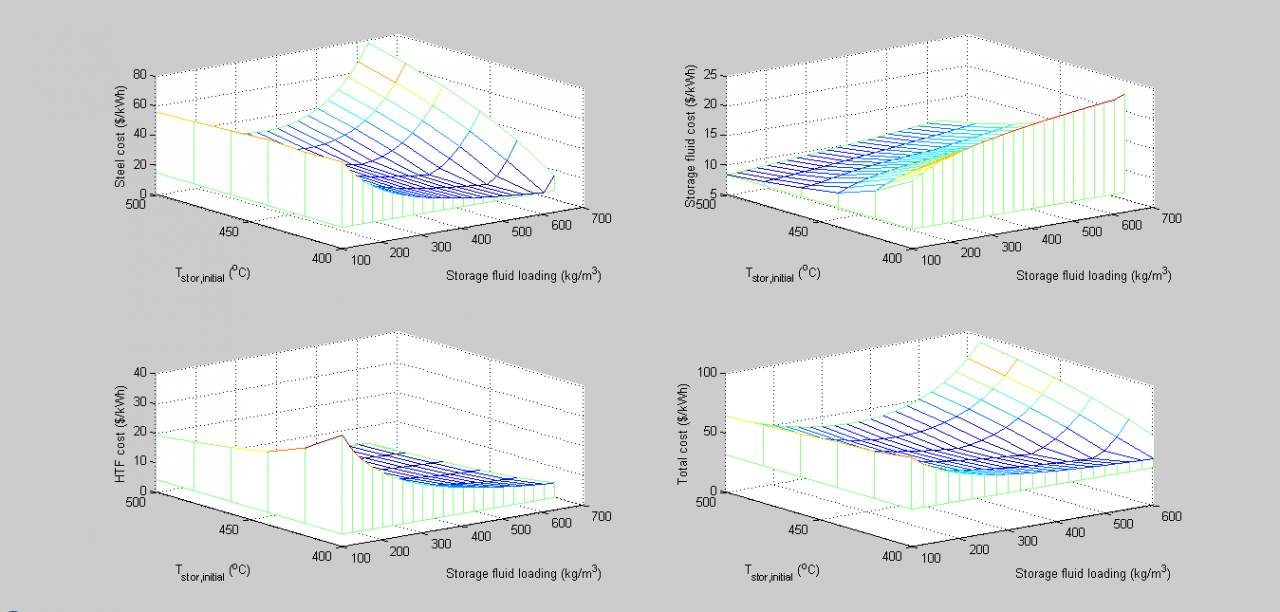
This effort will result in empirical measurement of thermal properties of supercritical fluids within a well-defined, simplified experiment. These detailed measurements will supply benchmark data to the scientific community, and establish promising candidates for use in a supercritical energy storage system. In order to design the components of a thermal system operating at supercritical conditions, the behavior of supercritical fluids needs to be well understood. The objective is to find the thermal properties of various fluids in their supercritical state, which will be determine through high pressure and high temperature laboratory testing and analytical analysis. Both the thermal conductivity and thermal diffusivity of fluids will be obtained by using the hotwire method. This effort will provide useful information for the design of the system components, as well as for the selection of a viable fluid candidate with suitable properties and heat transfer characteristics applicable to high temperature, high pressure thermal energy storage.
Funding: ARPA-e
Collaborators: Richard Wirz and Pirouz Kavehpour (UCLA), Gani Ganapathi (JPL)
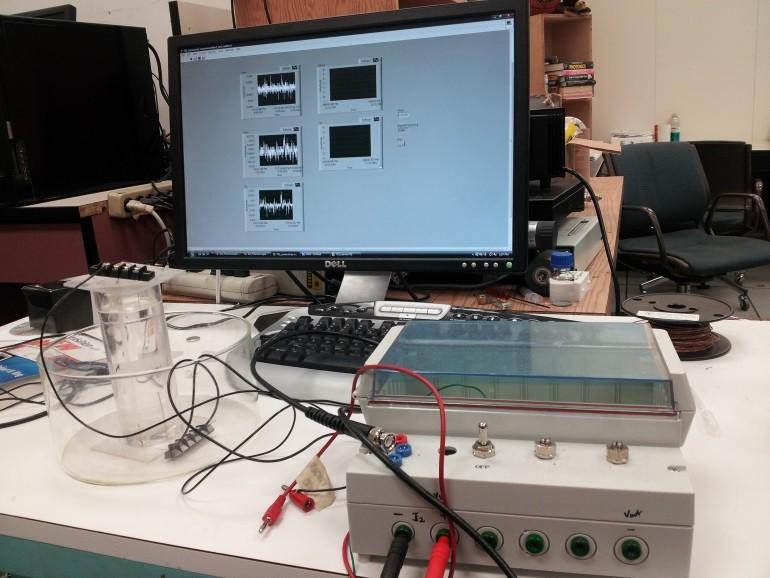
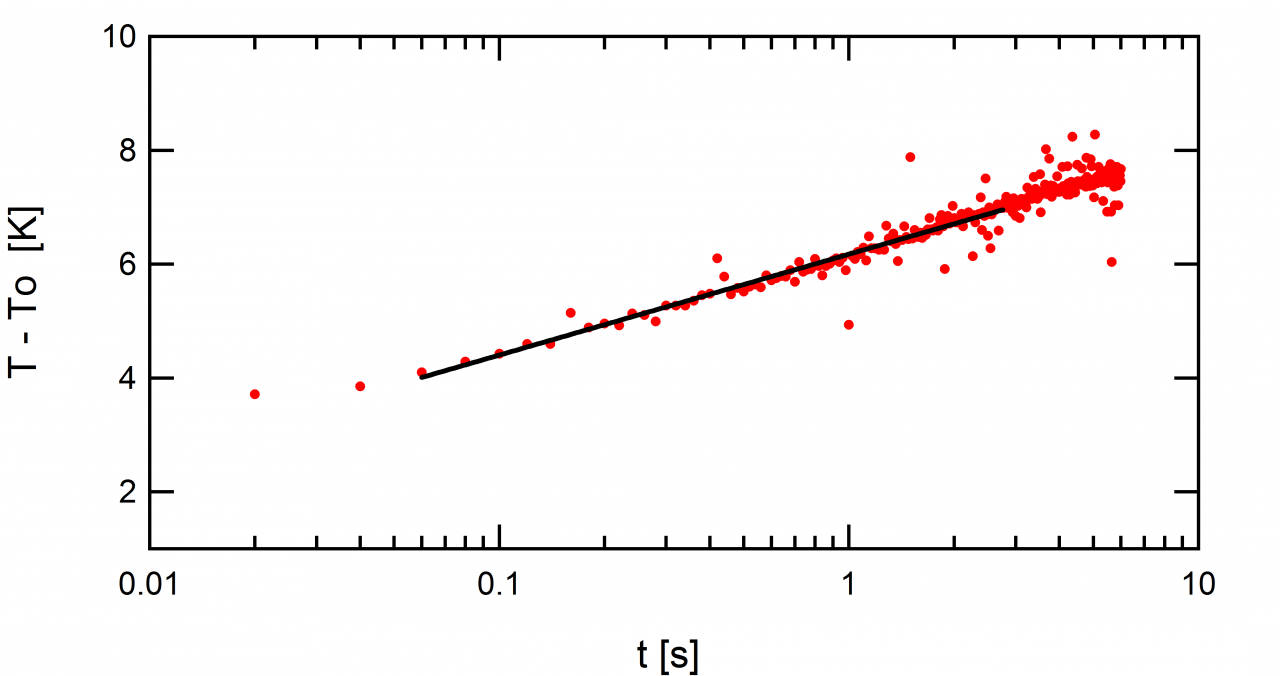
In solar thermochemical energy storage systems, energy is stored in chemical bonds and released on demand for electricity generation. We are investigating the ammonia synthesis reaction with the ultimate goal of heating supercritical steam from 350oC to 650oC, consistent with a supercritical steam power block. A numerical model is being employed to predict and compare with experimental results of this reactor.
Funding: DOE SunShot
Collaborators: Keith Lovegrove (IT Power)
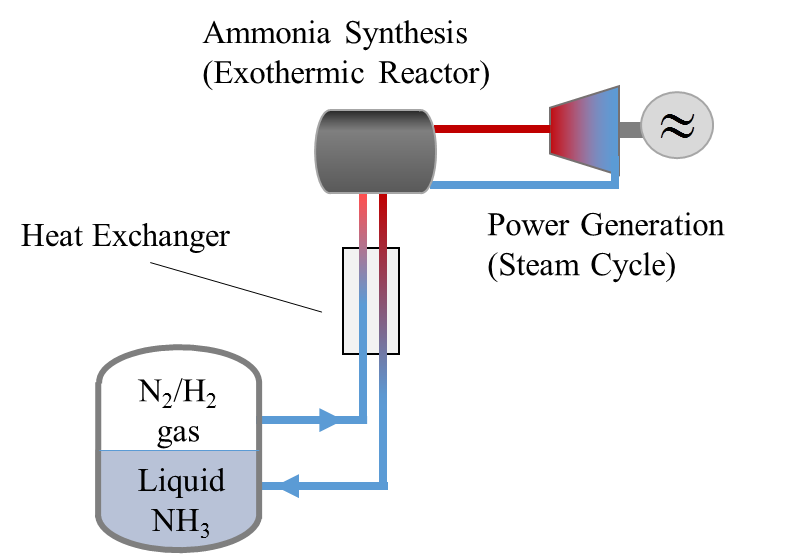
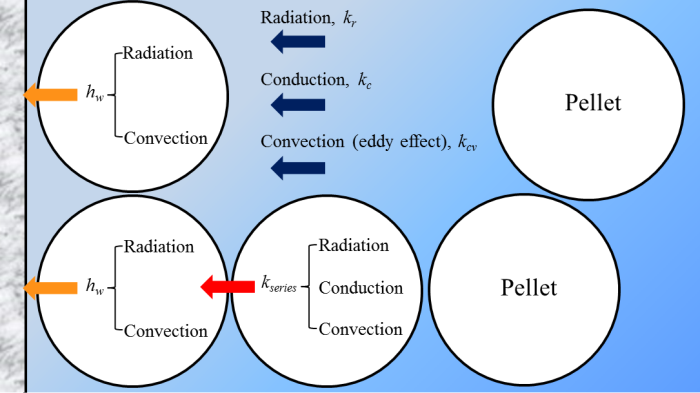
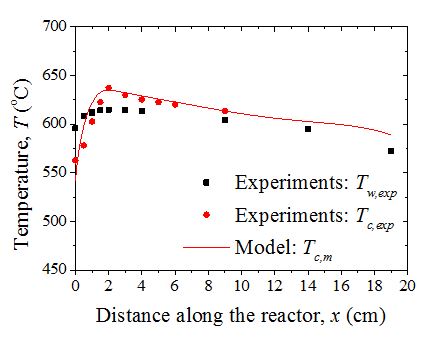
This project focuses on the design and optimization of a shell and tube heat exchanger as a pre-heat device for an ammonia based solar thermochemical storage system (see figure). The objective of the project was to optimize the cost based on reducing material volume. Preliminary studies indicate that Kern Method could efficiently lay foundation for understanding the principles of shell and tube heat exchanger and establishing the optimization program. We have established a basic optimization program which provides the results: heat transfer coefficients both on shell side and tube side, the geometry of this heat exchanger and its material volume. Efforts would be put into this project that we will vary the working conditions of this heat exchanger in order to understand the characteristics of shell and tube heat exchanger and to modify the optimization program. The expected program would provide optimized geometry design to meet the required cost and performance of this heat exchanger.
Funding: DOE SunShot
Collaborators: Keith Lovegrove (IT Power)
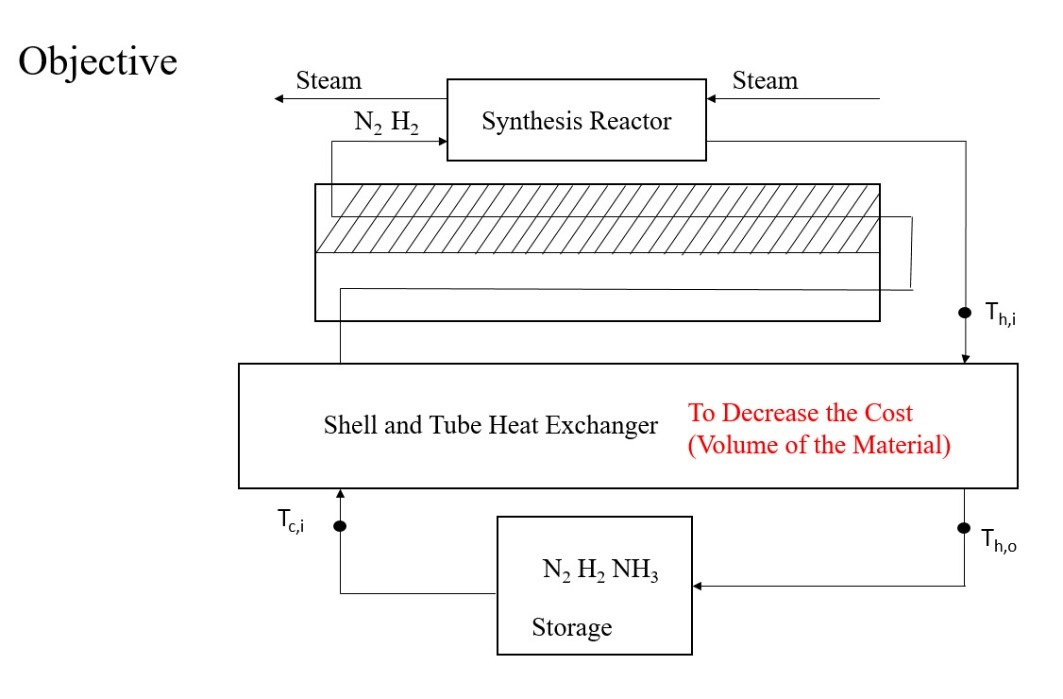
Photolithography is the current workhorse in the nano-scale manufacturing industry. The resolution of photolithography cannot exceed the diffraction limit, which is related to the wavelength of the incident light source. Short wavelength light sources, such as EUV, have been used to obtain higher resolution, but those light sources are strongly absorbed by glass, which makes the optical system for photolithography very inefficient and expensive.
Surface plasmons (SPs) can be excited by photons at a dielectric-metal interface. A surface plasmon polariton (SPP) is the combination of photons and SPs, which can be propagated at the interface with a wavelength much shorter than the excitation photon. In plasmonic nanolithography, a laser beam is focused through a plasmonic lens, resulting in a resolution higher than the diffraction limit. In this research project, we model the energy transport from the laser beam, through the plasmonic lens, and into the phase change material beneath it (see figure at left) to predict the resulting temperature distribution and phase change region. The energy transport model will provide information for optimizing the plasmonic lens design and predicting the nanolithography resolution.
Funding: NSF NSEC: Center for Scalable and Integrated Nanomanufacturing (SINAM)
Collaborators: Xiang Zhang and Liang Pan (Berkeley), Cheng Sun (Northwestern)
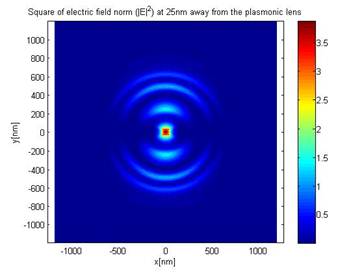
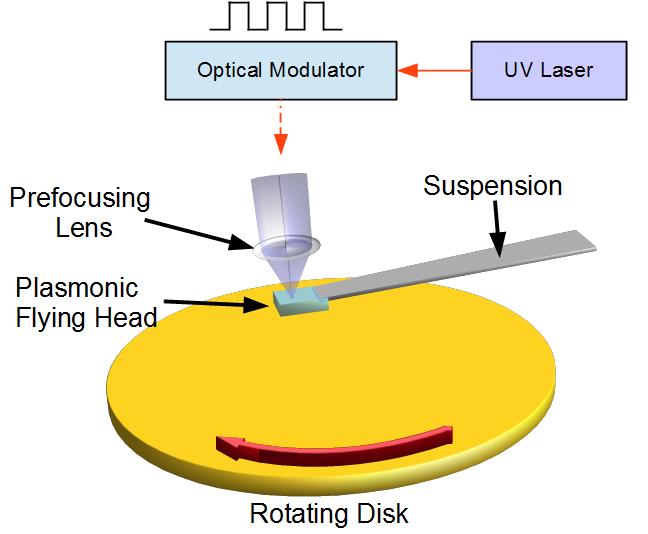
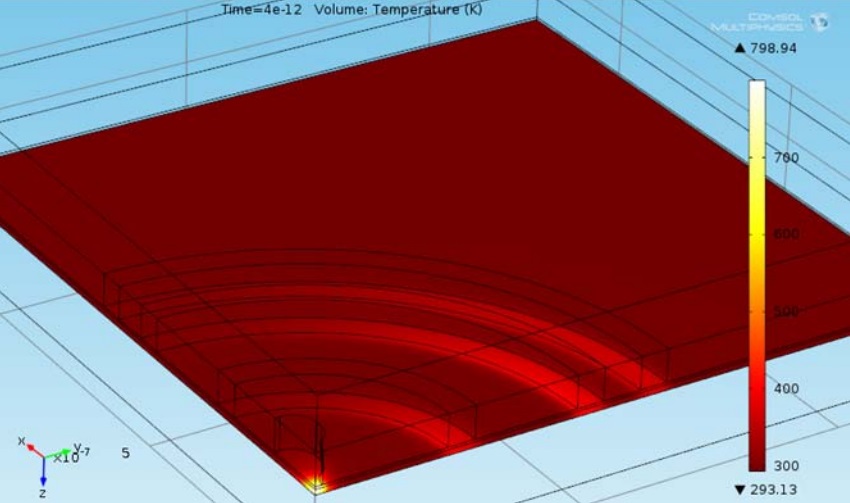
Thermal energy storage (TES) is utilized throughout industry and is considered an enabling technology for solar thermal power plants. Current state of the art TES systems rely on sensible heat storage in solids or liquids, and latent heat storage in the solid/liquid phase change. Preliminary studies indicate that other thermodynamic regimes that have been unexploited, such as the two-phase liquid/vapor regime and the supercritical regime, may also have beneficial TES characteristics. The goal of this effort is to characterize the TES potential of these regimes, and evaluate their utility. Analytic equations of state, thermodynamic theory and experimental data are being used to develop a coherent understanding of the possibilities offered by these thermodynamic regions.
Funding: ARPA-e
Collaborators: Richard Wirz and Pirouz Kavehpour (UCLA), Gani Ganapathi (JPL)
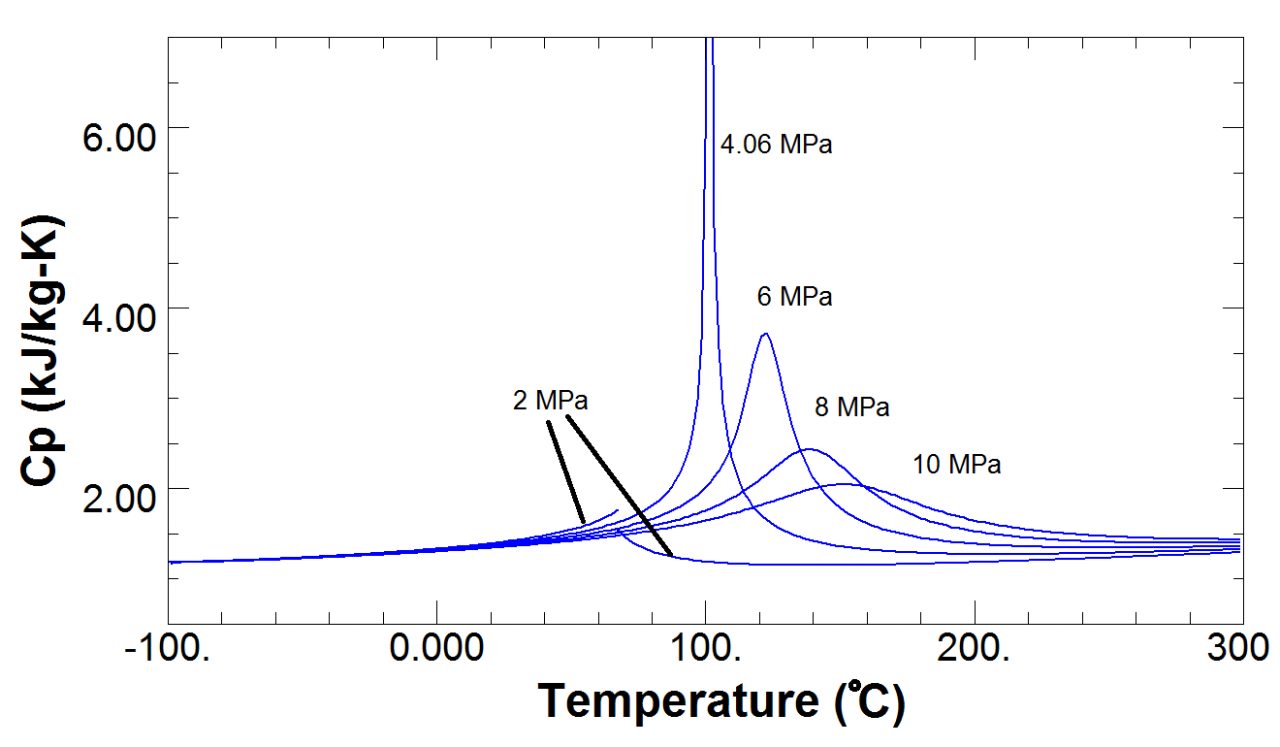
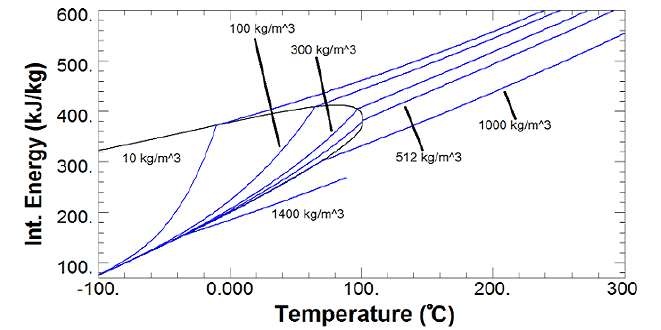
A multifunctional composite is being developed to enhance the dielectric properties of an epoxy polymer by reinforcing it with ceramic barium titanate (BaTiO3) particles. The goal of combining the two materials is to take advantage of the dielectric properties of a monolithic ceramic without the limitations of the brittle material. Potential applications for this material include structural capacitors that can be used to replace discrete capacitors currently used for power conditioning or electrical discharge in military systems, giving rise to a reduction in system mass.
The material can also be used to integrate capacitors into existing electronic packaging to reduce size and weight, while simultaneously increasing speed and durability. Barium titanate particles with an average size of 100 nm and 200 nm are being used as the filler and EPON 862 epoxy resin (Diglycidyl Ether of Bisphenol F) is being used as the matrix. Using Taguchi’s Design of Experiments methods, the manufacturing parameters of filler volume fraction, the application of a silane coupling agent onto the surface of the particles, and the application of dielectrophoretic assembly during curing were varied in accordance with the Taguchi L4 (23) orthogonal array. The mechanical and electrical properties of the composite material are being characterized and a signal to noise ratio analysis is being conducted to determine the optimum combination of manufacturing parameters. The experimental results are also being compared to existing models for Young’s modulus and relative permittivity.
Collaborators: Tom Hahn, Ajit Mal, and Chris Lynch (UCLA)
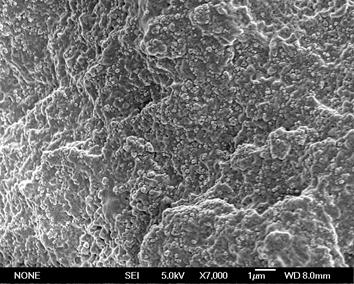
This research focuses on a device-level concept for an energy harvester and thermal switch that exploits the temperature dependence of the magnetization of a ferromagnetic material oscillating between a hot and a cold surface (see figure). We have created a numerical model to examine the operation, showing that the device parameters can be readily tuned by adjusting physical parameters of the device, such as the gap between the hot and cold surfaces and the spring constant of the structure supporting the ferromagnet. We have validated the physics and heat transfer of the device through several experiments. With the validated model, we have shown that the device can reach power densities of 2.3 mW/cm3 as an energy harvester and can achieve an effective conductance of 4500 W/m2-K as a thermal switch. These values are strongly dependent on achieving a high thermal contact conductance between solid-solid surfaces, on the order of 106 W/m2-K.
Funding: UCLA Dissertation Year Fellowship
Collaborators: Y. Sungtaek Ju and Greg Carman (UCLA)

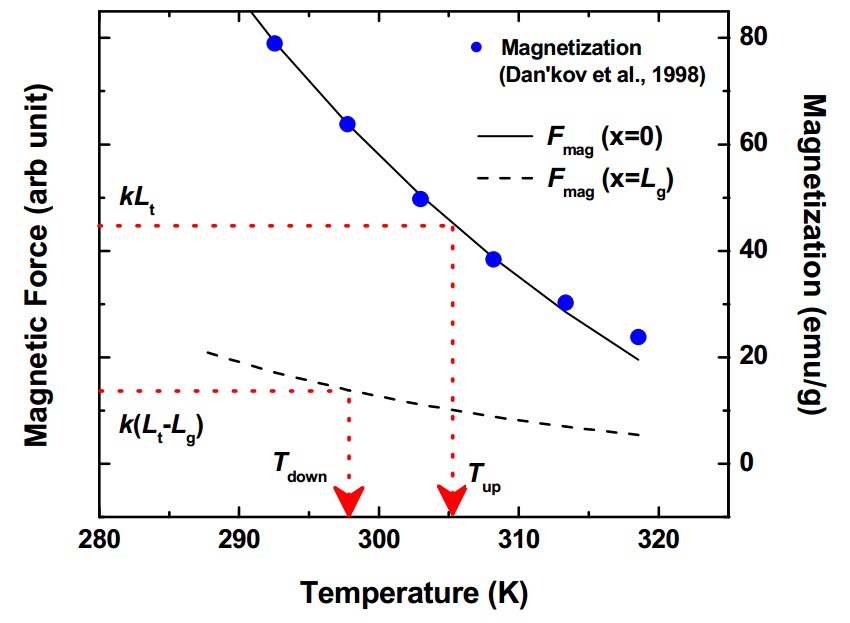
This project focuses on the design and development of a state-of-the-art rheometer to study the interfacial region between a grafted polymer and a deuterated polymer melt under shear. The objective of the project was to try to understand the correlation between the characteristics of the grafted polymer at the molecular level and its rheological properties. In situ rheological measurements were made concurrently with neutron scattering experiments using the Los Alamos Neutron Science Center neutron rheometer, making it the first instrument to be able to accomplish this feat. This instrument’s ability to measure the rheological properties under high shear, high torque, and high temperature conditions separates it from past rheo-scattering rheometers. Consequently, rheological and scattering data were collected concurrently on end-grafted polystyrene against a deuterated polystyrene melt, both at rest and under shear. The measured density profiles suggest that the structural conformational states of the grafted polystyrene depend upon the shear history of the system. This results in a series of metastable scenarios since the same shear rates do not always reproduce the same structural states.
Collaborators: Rex Hjelm (Los Alamos National Laboratory)
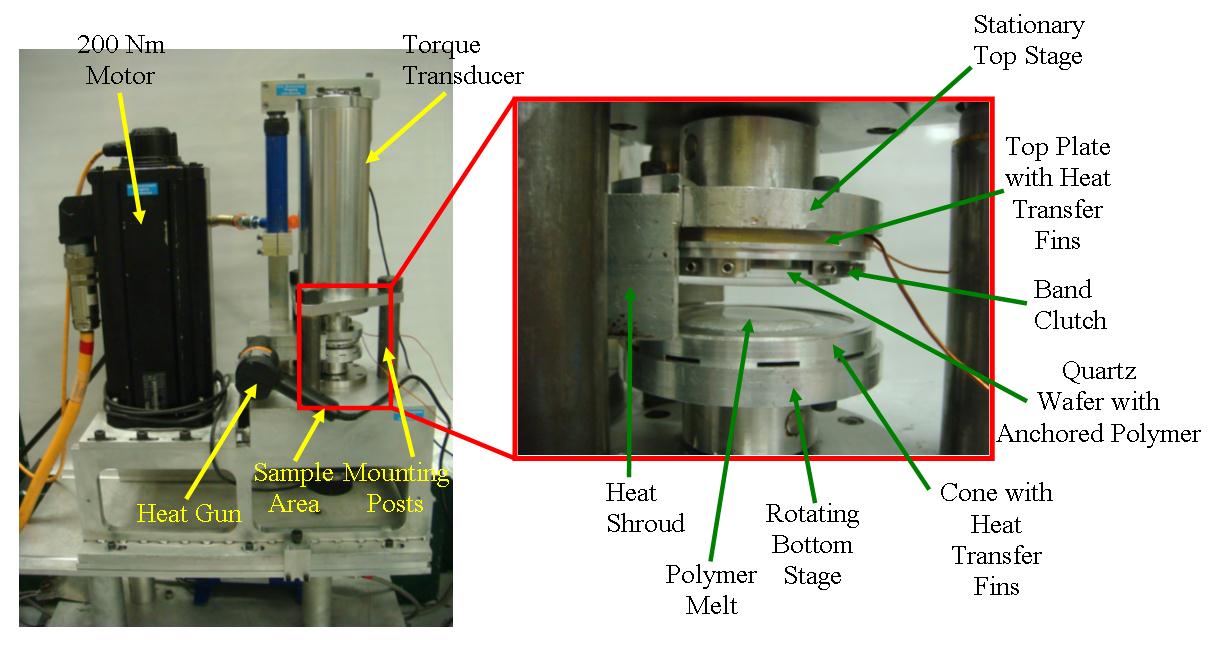
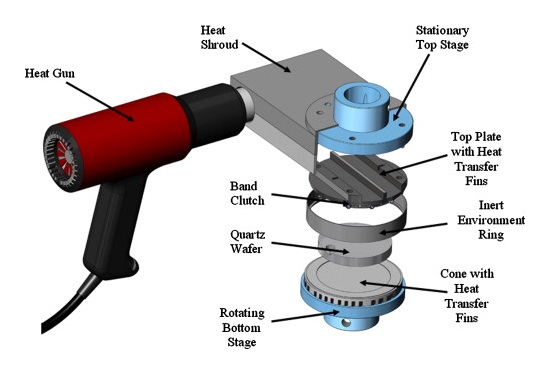
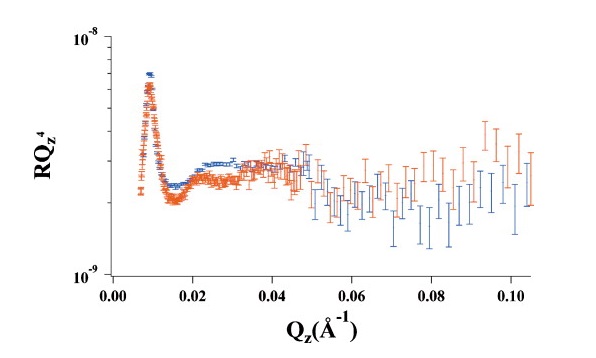
Past research topics in the laboratory include:
Copyright (c) 2014 Adrienne Lavine